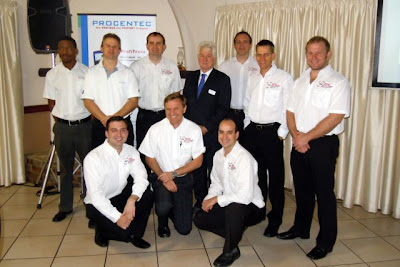HDLC to PROFIBUS Gateway

The integration of legacy systems and modern technology is sometimes a challenge in the creation and maintenance of robust industrial environments. The maintenance cost and shortage of spare parts for old equipment creates a financial burden and production risk that raises questions - is there a better way, can we leverage the cost and energy efficiency benefits of newer technology? In response to a customer requirement to retain his existing PLC (with unmodified code) but over time migrate legacy drives to modern drives we have created a gateway/converter that allows them the freedom to upgrade equipment incrementally. In their case a number of drives are controlled over a multi-drop RS485 network using the GEM80 Starnet HDLC protocol. Our gateway provides access to the original HDLC network and also to a parallel PROFIBUS network. It is possible to disconnect a legacy HDLC controlled drive and enable a modern replacement drive on the PROFIBUS network - the PLC is not aware that anyth





